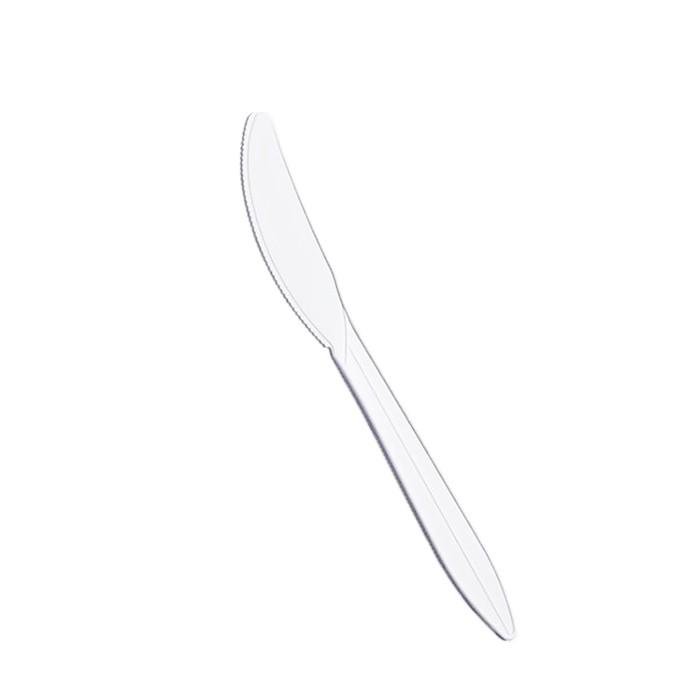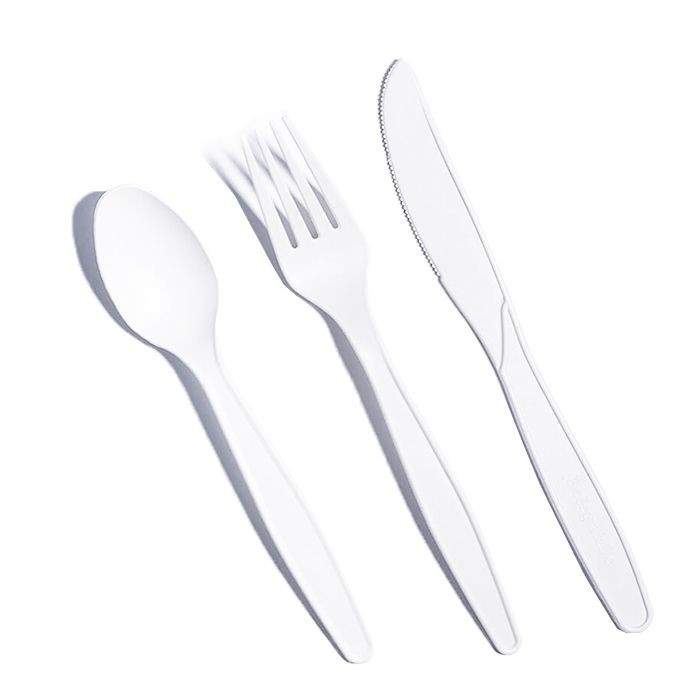Do PSM Cutlery products rust easily?
Oct 28, 2025
Do PSM Cutlery products rust easily?
As a trusted supplier of PSM Cutlery, I've encountered numerous inquiries from customers regarding the rust - resistance of our products. This is a crucial concern, as rust not only affects the aesthetic appeal of cutlery but also its functionality and longevity. In this blog, I'll delve into the factors that determine whether PSM Cutlery rusts easily and provide you with in - depth insights.
Understanding PSM Cutlery Materials
PSM Cutlery is crafted from a variety of materials, each with its own unique properties that influence rust susceptibility.
Stainless Steel
A significant portion of our PSM Cutlery is made from stainless steel. Stainless steel is an alloy primarily composed of iron, chromium, and sometimes nickel and other elements. The key to its rust - resistance lies in the chromium content. When the chromium in stainless steel reacts with oxygen in the air, it forms a thin, invisible layer of chromium oxide on the surface. This layer acts as a protective barrier, preventing oxygen and moisture from reaching the iron in the steel and thus inhibiting rust formation.
In general, PSM stainless - steel cutlery with a chromium content of at least 10.5% is highly resistant to rust. High - quality PSM stainless - steel cutlery often has a chromium content of 18% or more, along with additional elements like nickel, which further enhance its corrosion resistance. For example, our Plant Starch Knife made of premium stainless steel can withstand normal use and exposure to water without rusting easily.
Other Materials
Apart from stainless steel, PSM Cutlery also includes products made from alternative materials such as plant starch. Plant - based cutlery is an eco - friendly option that is completely rust - free. These products, like our Recyclable Disposable Cutlery, are made from renewable resources and do not contain any metal components that could rust. They are ideal for single - use or short - term applications where rust is not a concern.
Factors Affecting Rust in PSM Cutlery
While PSM Cutlery is designed to be rust - resistant, certain factors can increase the risk of rust formation.
Exposure to Moisture
Moisture is one of the primary catalysts for rust. If PSM stainless - steel cutlery is left wet for an extended period, the protective chromium oxide layer can break down, allowing oxygen and water to react with the iron in the steel. For instance, leaving cutlery in a sink full of water overnight or storing it in a damp environment can lead to rust spots. To prevent this, it's important to dry PSM cutlery thoroughly after washing and store it in a dry place.
Contact with Harsh Chemicals
Harsh chemicals, such as those found in some cleaning agents or certain foods, can also damage the protective layer of stainless - steel cutlery. For example, acidic foods like tomatoes, citrus fruits, and vinegar can react with the steel over time, causing the chromium oxide layer to deteriorate. Similarly, using abrasive cleaners or scouring pads on PSM cutlery can scratch the surface, exposing the underlying metal to rust - causing agents.
Physical Damage
Scratches, dents, or other forms of physical damage to PSM cutlery can compromise the integrity of the protective layer. When the surface of the stainless steel is damaged, the iron is exposed to oxygen and moisture, increasing the likelihood of rust. It's important to handle PSM cutlery with care to avoid such damage.
Preventive Measures for Rust in PSM Cutlery
To ensure that PSM Cutlery remains rust - free for as long as possible, here are some preventive measures:
Proper Cleaning
Use mild dish soap and a soft sponge or cloth to clean PSM cutlery. Avoid using abrasive cleaners or scouring pads. After washing, rinse the cutlery thoroughly to remove all traces of soap and dry it immediately with a clean towel.
Storage
Store PSM cutlery in a dry place. You can use a cutlery tray or drawer lined with a dry cloth to prevent moisture from accumulating. If you're storing cutlery for an extended period, consider using a desiccant to absorb any excess moisture.
Regular Inspections
Periodically inspect your PSM cutlery for any signs of damage or rust. If you notice a small rust spot, you can try to remove it by gently rubbing the area with a mixture of baking soda and water. However, if the rust is extensive, it may be a sign that the cutlery has been severely damaged and may need to be replaced.
Performance of PSM Cutlery in Real - World Scenarios
In real - world use, PSM Cutlery has proven to be highly rust - resistant. Our customers, including restaurants, cafes, and households, have reported that PSM stainless - steel cutlery maintains its quality and appearance even after years of regular use. For example, many of our restaurant clients have been using our PSM Spoons for daily service, and they have not experienced significant rust issues.


The plant - based PSM Cutlery is also well - received for its rust - free nature and eco - friendliness. It has become a popular choice for events and catering services where single - use cutlery is required.
Conclusion
In conclusion, PSM Cutlery products, especially those made from high - quality stainless steel and plant - based materials, do not rust easily. The stainless - steel cutlery is designed with a protective chromium oxide layer that resists rust, while the plant - based cutlery is completely rust - free. However, to maintain the rust - resistance of PSM Cutlery, it's important to follow proper cleaning and storage practices and avoid exposing it to harsh chemicals and physical damage.
If you're interested in purchasing PSM Cutlery for your business or household, we invite you to contact us for a detailed discussion. Our team of experts can provide you with more information on our product range, pricing, and customization options. We look forward to working with you to meet your cutlery needs.
References
- "Stainless Steel: Properties, Processing, and Applications" by George E. Totten and D. Scott MacKenzie
- "Corrosion and Corrosion Protection Handbook" by Heinz H. Uhlig and Roger W. Revie
